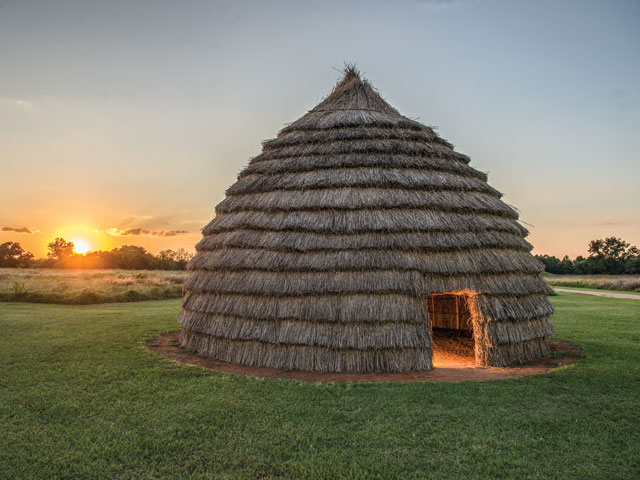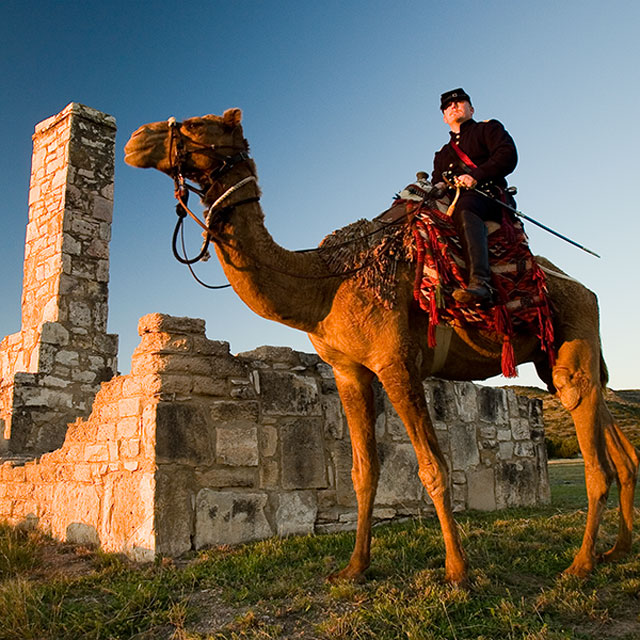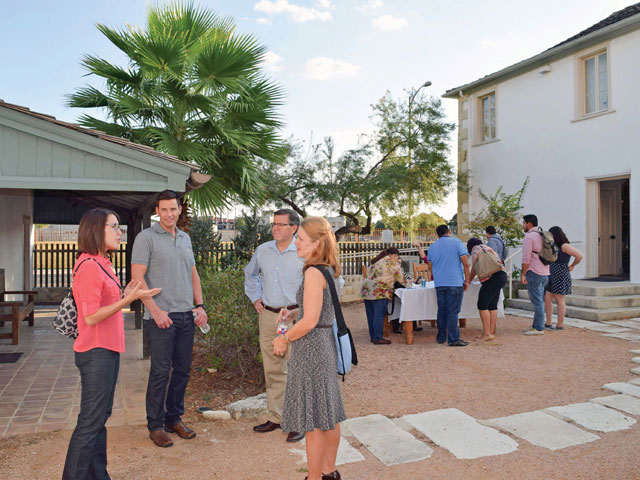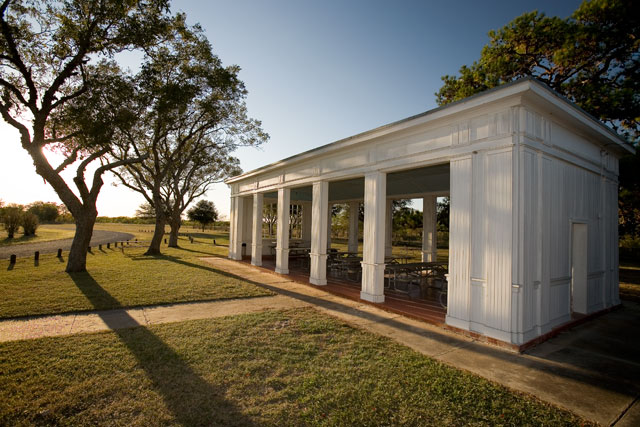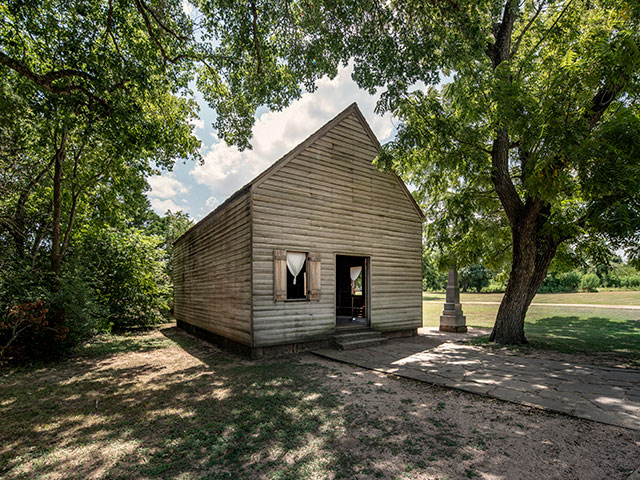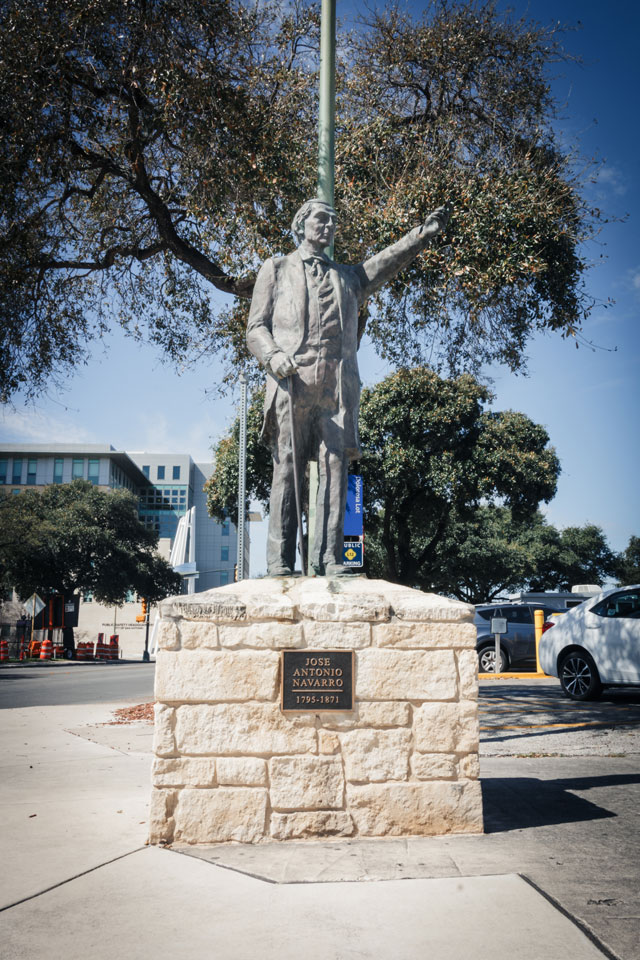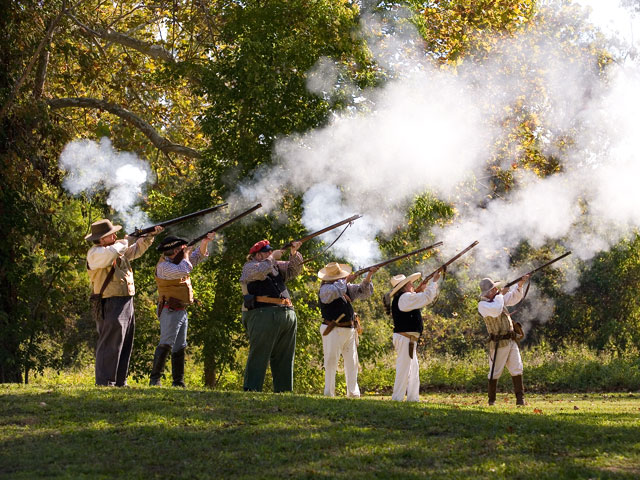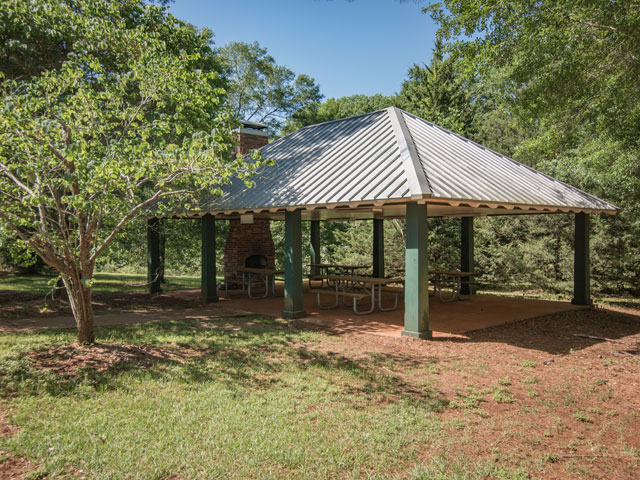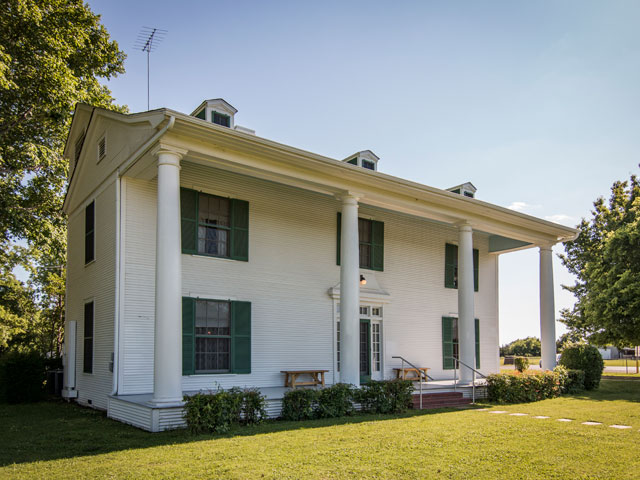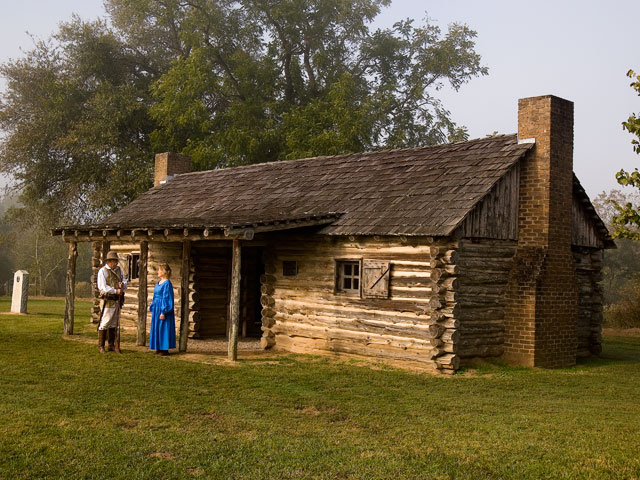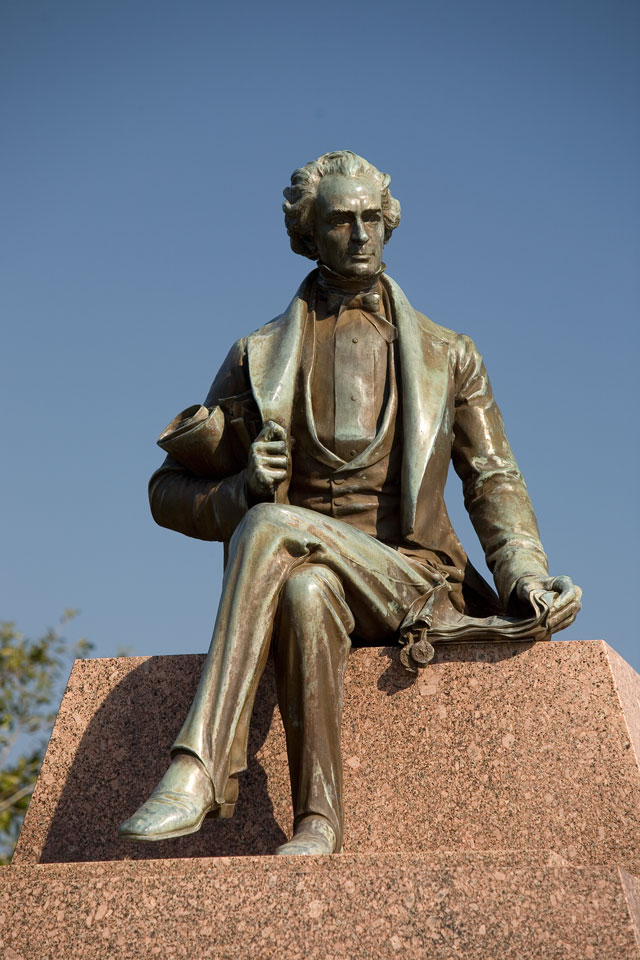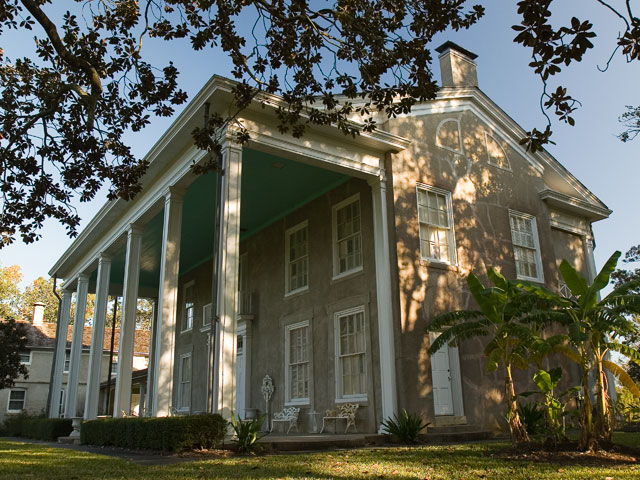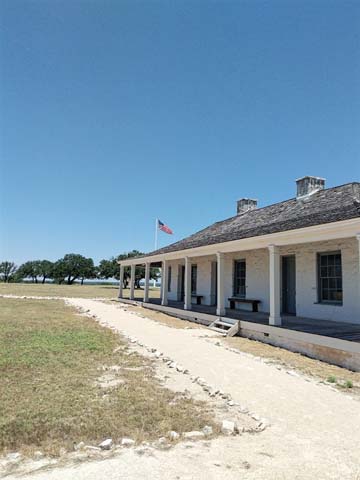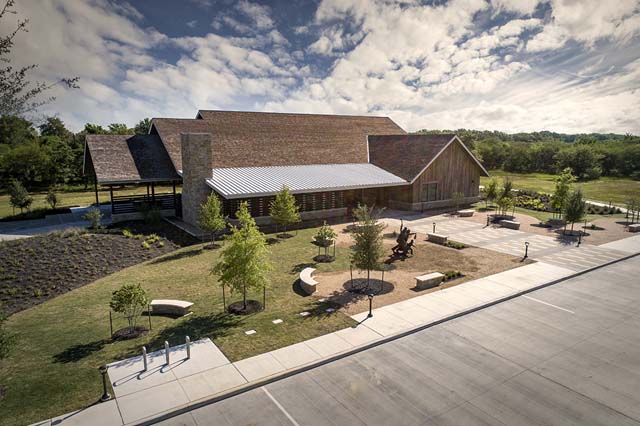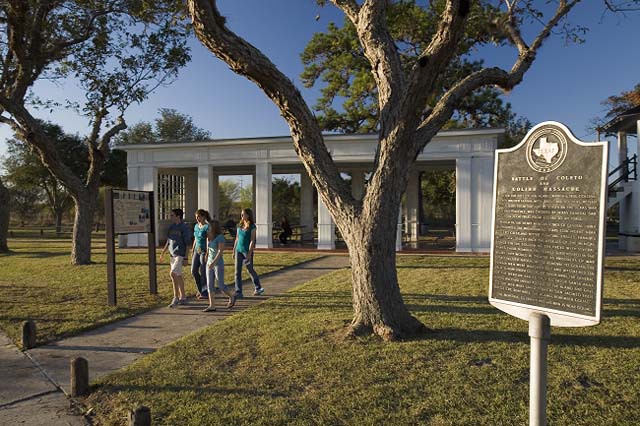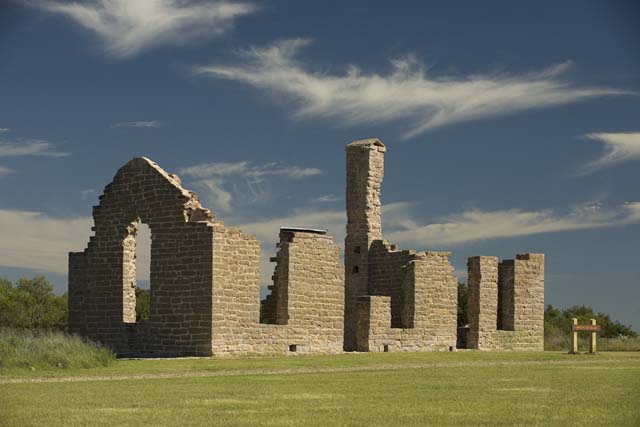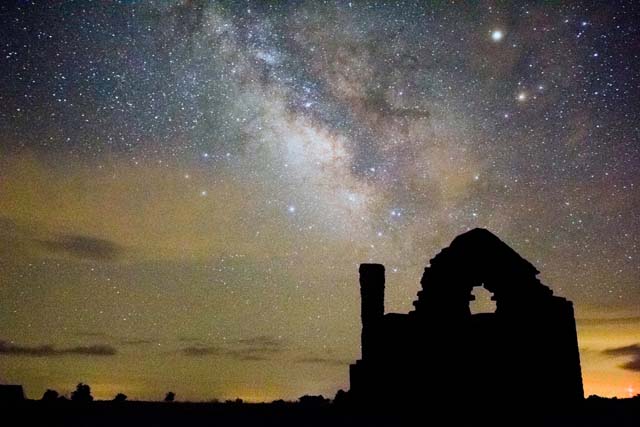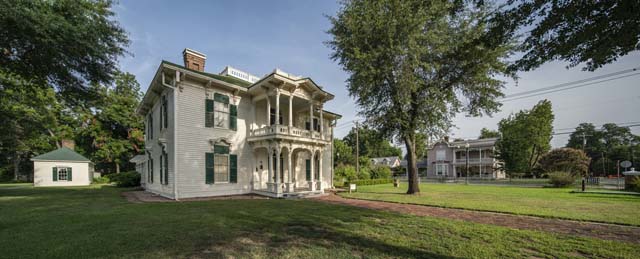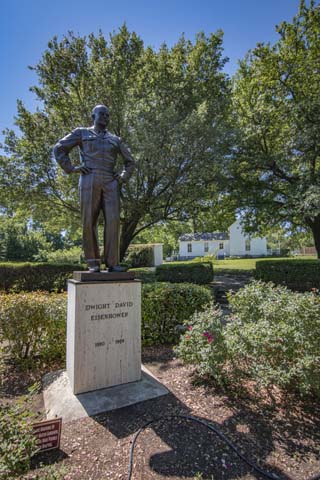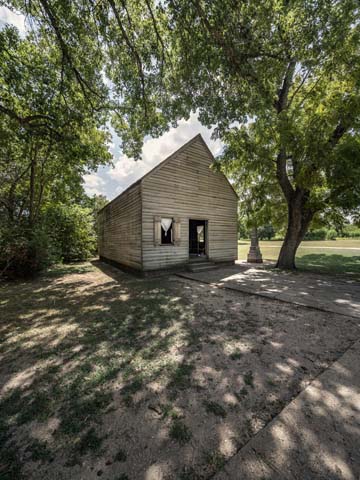
Austin, TX 73301
thc@thc.texas.gov
(512) 463-6100
www.thc.texas.gov
Historic Sites on the Texas Gulf Coast
From frontier forts to historic missions, the Lone Star State is full of fascinating sites that keep the past alive. The Texas Gulf Coast is no exception. After all, it’s here that an entirely different chapter of Texas history took place. Explore beautifully preserved homes, Antebellum-era plantations, and a Civil War battlefield as you get to know the people, places, and events that shaped the state as we know it today. Start your own journey of discovery at any of the following historic sites operated by the Texas Historical Commission.
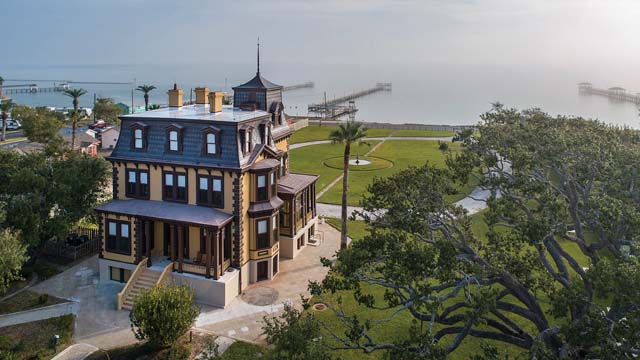 Fulton Mansion State Historic Site
Fulton Mansion State Historic Site
Settled among stately oaks just a stone’s throw away from the gentle tides of Aransas Bay, Fulton Mansion is a historic treasure. Built in 1877, the home’s mansard roof and balustrades make it a picturesque example of the Second Empire style of architecture popularized in 19th-century France. Yet that’s not all that sets this Victorian-era mansion apart—it was one of the first homes in the region with interior gas lighting, central heating, and indoor plumbing.
Feel like you’ve taken a step into the past as you enter the beautifully restored home. Each room is furnished as it would have looked near the end of the 19th century, offering the chance to experience the day-to-day lives of the mansion’s affluent occupants. Take a step further as you admire historical objects and exhibits that outline the history of the Fulton family and their history in the cattle industry. Learn about life in the area at the Education and History Center.
Visit the Fulton Mansion State Historic Site and you’ll get the chance to see an architectural marvel, experience life in a different era, and discover an important chapter of Texas history along the way.
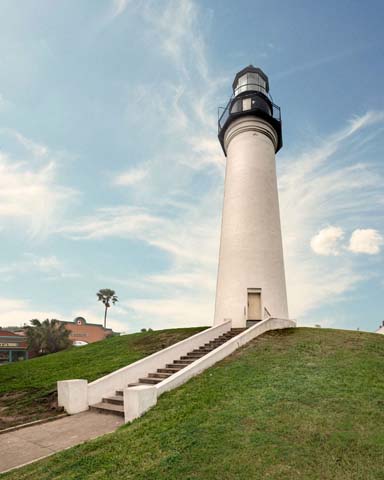 Port Isabel Lighthouse State Historic Site
Port Isabel Lighthouse State Historic Site
Towering 72 feet over the quaint gulf-side town of Port Isabel, the historic Port Isabel Lighthouse is a living piece of Texas history that offers one of the best views you’ll find anywhere on the Gulf Coast. Constructed in 1852, the lighthouse helped ensure safety on South Texas’ coastal waterways for more than 50 years, and it was even occupied by soldiers for the Confederacy and Union during the Civil War.
Climb the 75 stairs for a panoramic vista of the aquamarine waters of the Gulf of Mexico and South Padre Island in the distance. Stop by the museum in the reconstructed keeper’s cottage to see the lighthouse’s history, then take time to browse the one-of-a-kind shops nearby. It’s not every day you can visit an authentic lighthouse, which is why the Port Isabel Lighthouse is an essential part of any visit to South Padre Island.
Levi Jordan Plantation State Historic Site
At its peak in the 1850s, the Levi Jordan Plantation was a prolific producer of sugar and cotton that largely relied on the forced labor of more than 130 slaves. The central point of the property was the plantation house, a two-story Greek-Revival structure constructed with pine lumber from Florida in 1854. The plantation is notable as the backdrop for The Uncompromising Diary of Sallie McNeill, a series of diary entries written by the granddaughter of Levi Jordan from 1858 to 1867. Available at local booksellers and directly from the Texas A&M University press, the book offers a personal perspective of life on the plantation during the Civil War and Reconstruction.
Sabine Pass Battleground State Historic Site
On the afternoon of September 8, 1863, a contingent of Union gunboats launched an attack on Fort Griffin on the bank of the Sabine River to prevent the Confederacy from opening a trade route with France. What followed was one of the most one-sided battles in the Civil War, a complete Confederate victory that resulted in the capture of 350 prisoners.
Find yourself at the site of one of the few Texas battles of the era at Sabine Pass Battleground State Historic Site in Port Arthur. Embark on a self-guided tour and you’ll see memorials dedicated to Confederate commander Richard W. Dowling, as well as the Union soldiers who fell on that day. See how the battle played out on the pavilion with interpretive displays and check out the scale model of Fort Griffin. Take your time and you’ll uncover the many stories of a little-known chapter of American history.
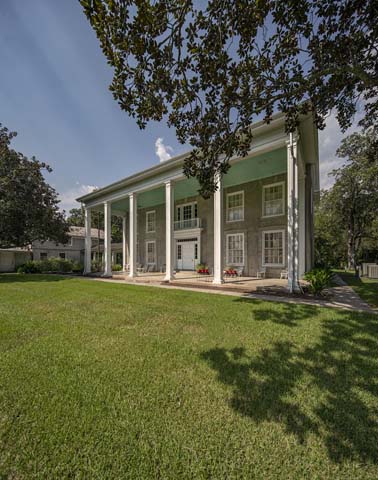 Varner-Hogg Plantation State Historic Site
Varner-Hogg Plantation State Historic Site
Built on one of the original parcels of land administered by Stephen F. Austin in the early 19th century, the Varner-Hogg Plantation was a large sugar plantation in the 1850s and 1860s. As many as 60 enslaved workers toiled in the fields and constructed the mansion, smokehouse, sugar mill, and their own housing using bricks they made themselves. While emancipation ultimately brought the end of the plantation’s sugar production, the property remained notable as it was later purchased by former Texas Governor James Stephen Hogg. Hogg’s daughter, Ima, eventually donated the plantation to the State of Texas decades after a large reserve of oil was discovered on the property.
Uncover more than 100 years of the plantation’s past on a 45-minute tour guided by a knowledgeable docent, then explore the grounds to see the original outbuildings, pecan orchards, and Hogg’s own oversized outdoor bathtub. Located just an hour south of Houston near the town of West Columbia, the Varner-Hogg Plantation State Historic Site is a must for Texas history enthusiasts.
Learn more about these and other Texas Historical Commission’s historic sites here.
Stay in the know with the Texas Historical Commission's blog here.
Austin, TX 73301
(512) 463-6100
www.thc.texas.gov


 Cart
Cart
